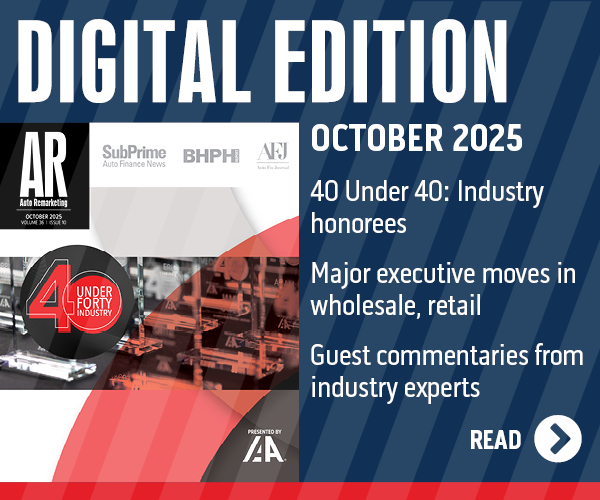Edmunds: BMW’s Incentive Push Likely Won’t Keep Mercedes at Bay

By subscribing, you agree to receive communications from Auto Remarketing and our partners in accordance with our Privacy Policy. We may share your information with select partners and sponsors who may contact you about their products and services. You may unsubscribe at any time.
SANTA MONICA, Calif. –
BMW poured on the incentives in December, but it appears the German automaker was not able to keep its grip on the luxury market full-year sales crown, according to Edmunds.com.
Mercedes-Benz likely passed BMW for full-year sales, the firm projects.
Explaining the shift, Edmunds noted that at the end of November, BMW’s year-to-date sales were 1,582 units stronger than those of second-place Mercedes. Then, BMW boosted its incentive spending per vehicle to $3,694 in December, a 6.1-percent increase compared to the previous month.
Meanwhile, Mercedes’ incentive spending climbed just 1.3 percent (below the average change for the industry) to $3,174 per vehicle sold.
However, despite the incentive hike, BMW is likely to finish roughly 1,100 units below Mercedes for full-year sales, Edmunds projects.
Sharing more incentive comparisons between the two luxury brands, the average discount off MSRP for BMW during December was 11.2 percent, compared to Mercedes at 9.5 percent.
Subscribe to Auto Remarketing to stay informed and stay ahead.
By subscribing, you agree to receive communications from Auto Remarketing and our partners in accordance with our Privacy Policy. We may share your information with select partners and sponsors who may contact you about their products and services. You may unsubscribe at any time.
Edmunds also noted that 2011 model-year units comprised almost a quarter (23.6 percent) of BMW’s December sales. At Mercedes, just 5.6 percent were 2011 models. Analysts suggested the gap is likely due to the fact that Mercedes has already has already rolled out the 2012 edition of one of its hottest entry-level sedans (the C-Class), and BMW wont launch the 2012 model-year 3 Series until a few months down the road.
“The 2011 luxury sales race might as well be a battle of the deal-seekers versus the trendsetters,” stated Edmunds analyst Ivan Drury.
“In one corner, you have great deals available on BMW’s remaining 2011 3 Series vehicles, and in the other corner is a fresher product with the 2012 C-Class,” Drury shared. “But since luxury car buyers notoriously crave the newest models, Mercedes-Benz could have the advantage.”
Moving along, the industry as a whole spent $2,314 on incentives per vehicle sold during December. This marked a 1.8-percent month-over-month hike and an 8.8-percent decrease from December 2010.
Among the Big Six OEMs, Honda showed the greatest month-over-month hike in incentive spending (7.2 percent), while General Motors was the only one to cut back on incentives from November (down 1.2 percent).
Year-over-year, only GM (up 2.8 percent) and Nissan (up 4.5 percent) boosted incentives. Chrysler trimmed the most of its incentives.
“Chrysler, meanwhile, closed 2011 on a symbolic note. Its well-documented marketing and sales success this year led to far less reliance on incentive spending in December; the automaker’s TCI was down 26.8 percent last month compared to December 2010,” Edmunds noted, referring to the car company’s True Cost of Incentives.


